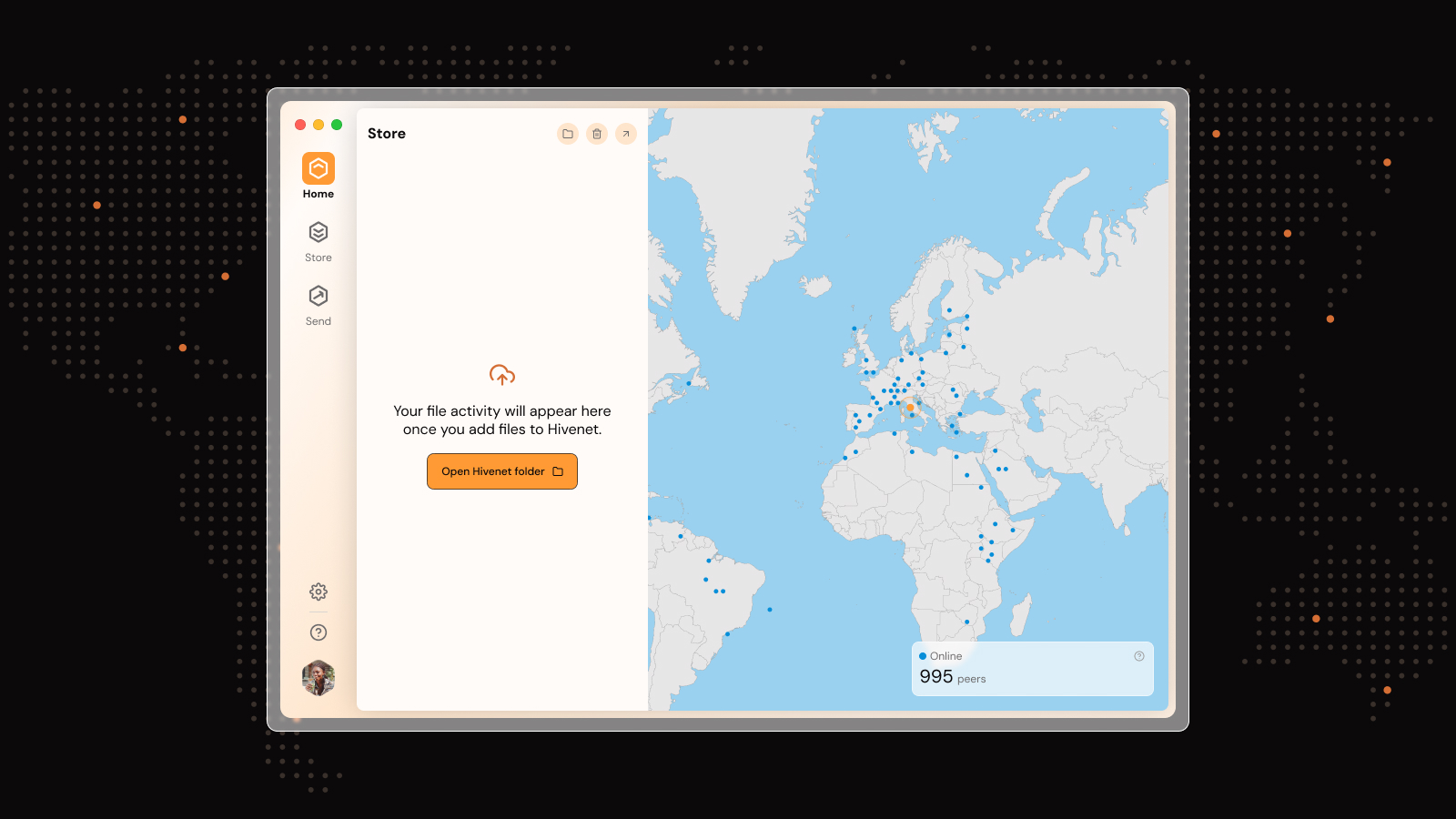
Unraveling Web3: How decentralized solutions are shaping the next generation of the internet
Long before web3, when Tim Berners Lee invented the "World Wide Web" in 1989 at CERN, the original intention was to share knowledge among scientists, universities and institutions distributed around the world. Releasing this technology to the public domain in the early 1990s accelerated its dissemination, and the web started to flourish. "Web 1.0" became the new giant encyclopedia, soon replacing the lineage of those published by Diderot and d'Alembert 250 years earlier.
Publishing content to the Web was initially mostly for specialists. As it grew in attractiveness, it became important to give the opportunity for non-technical users to produce content. Content then became more and more interactive, with blogs, wikis, photo sharing, social media. Web 2.0 was born, and, with the expansion of e-commerce, shifted towards more commercial purposes.
What is Web 2.0?
The “Web 2.0” services rely on a limited number of large centralized platforms owned by private institutions that now play a global and major role in our social interactions. These institutions process huge amounts of data with little protection for end users and nascent regulation. With advances in big data and artificial intelligence, the centralization of this data poses great security, sovereignty, lock-in and privacy issues. Recent scandals, such as with Cambridge Analytica have shattered the illusion of security and safety of the large centralized systems. They have led us to reconsider where and how our data should be stored and used. Could our own data be weaponized against us?
Is Web3 the new web?
Web3 is the third generation of web technologies. It is still evolving and being defined, and as such, there is no universally accepted web3 definition, but there is a growing consensus on its main characteristics : decentralized, trustless, permissionless, self-governed, ubiquitous, moving to the edge of the network. It was initially defined differently than web3, also known as the semantic web, but these terms now tend to converge to refer to the future of the web. The term “web3” started appearing in 2014, meaning a “decentralized online ecosystem based on blockchain” and has been growing in popularity since. Web3 will thus combine the spirit of web 1.0, a common good owned by everyone, with the benefits of web 2.0, where everyone can contribute.
What are Web3 applications?
Web3 aims at solving the trust issue by decentralizing and securing our data and its processing. The exponential growth of IoT data produced at the edge is a use case for decentralization. The popularity of technologies such as blockchain and crypto-currencies is a sign that users wish to move away from centralized authorities. The architecture of Web3 is precisely designed so that users can communicate or exchange content without an intermediary, and the state of the system can be managed without a central authority.
Web3 initiatives have grown in the past years, and the momentum is such that it is likely that our virtual world will be largely decentralized before the end of the decade. Some web3 examples such as social networks “Sapien” and browsers such as “Brave” are well developed. Hivenet intends to play a major role in that transition, focusing on cloud storage and compute. Hivenet will offer the benefits of cloud services, such as allowing users to access their data and applications from anywhere with the benefits of the distributed web, such as security, privacy and control of your data.
Web3 is reimagining the internet
As we continue to witness the evolution of the internet, Web3 emerges as a powerful force to address the challenges of centralization, security, and privacy. By learning from the early aspirations of Web 1.0 and integrating the user-centric benefits of Web 2.0, Web3 initiatives have the potential to reshape our online experiences. Projects like Hivenet are already paving the way for a decentralized future, combining the advantages of cloud services with the security and control offered by distributed technologies. As Web3 gains momentum, it is crucial for individuals, businesses, and governments to understand its implications and embrace its transformative potential, ultimately reimagining the internet as a more equitable, secure, and user-focused space.
Liked this article? You'll love Hivenet



You scrolled this far. Might as well join us.
Secure, affordable, and sustainable cloud services—powered by people, not data centers.
